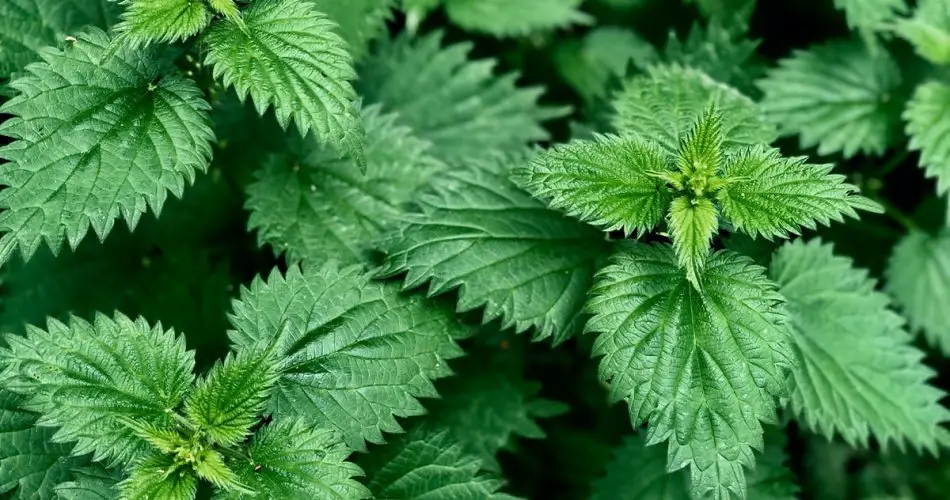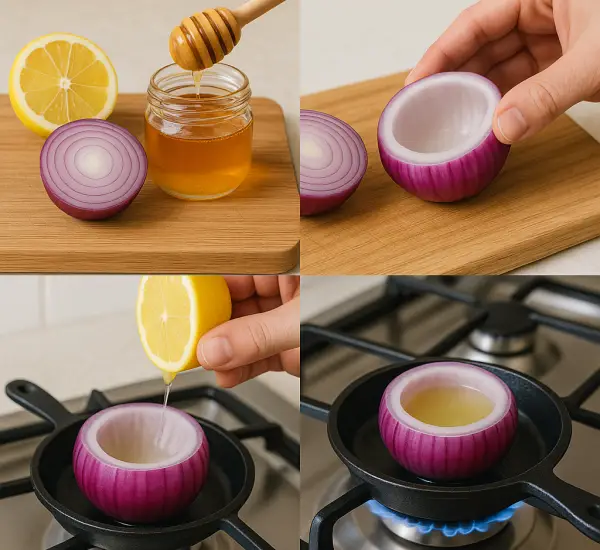Great for both your taste buds and your health, these often-overlooked “weeds” deserve to be recognized and enjoyed on our plates!
Despite their bad reputation, certain “weeds” found in gardens and vegetable patches can be valuable culinary allies. Here’s how you can incorporate seven of these often unloved plants into your sweet and savory dishes.
Contrary to popular belief, many “weeds” are beneficial to your health and can add unique flavors to your recipes. Here are some examples:
Nettle
Nettle is excellent for your health and delicious in cooking. It can be used in soup, ravioli, quiche, or pesto. Rich in plant proteins, vitamins A and C, and minerals, it is a real nutrient powerhouse.
Burdock
Known for its detoxifying properties, burdock root is also delicious. Its taste is reminiscent of carrots, parsnips, or salsify. It can be eaten raw or cooked, with soy sauce or sesame oil.
Dandelion
Dandelion is entirely edible. Its leaves can be eaten raw in salads or cooked in soups, the flowers can be made into jelly, and the roots can be roasted. It is known for its diuretic and anti-inflammatory properties.
Cardamine
Rich in vitamin C, cardamine has a flavor similar to watercress. Its leaves and stems can be eaten in salads, soups, oils, or vinaigrettes. The flowers are also edible and can decorate your dishes.
Daisy
This plant has calming, depurative, laxative, and refreshing properties. In cooking, it can be eaten raw or cooked. Be careful not to overuse it to avoid an overly spicy flavor.
Corniculated Oxalis
With a tangy flavor reminiscent of sorrel, oxalis is excellent for digestion. It can be added to soups, salads, omelets, or sauces. In summer, it brings a refreshing touch to homemade lemonade.
Mugwort
Often growing along roadsides, mugwort has a taste similar to tarragon or wormwood, making it an excellent herb. It can be used in sauces to enhance simmered dishes or in herbal tea to facilitate digestion.
By exploring and incorporating these seven “weeds” into your culinary repertoire, you can enjoy their unique flavors and health benefits, turning these often-overlooked plants into valuable additions to your kitchen.



